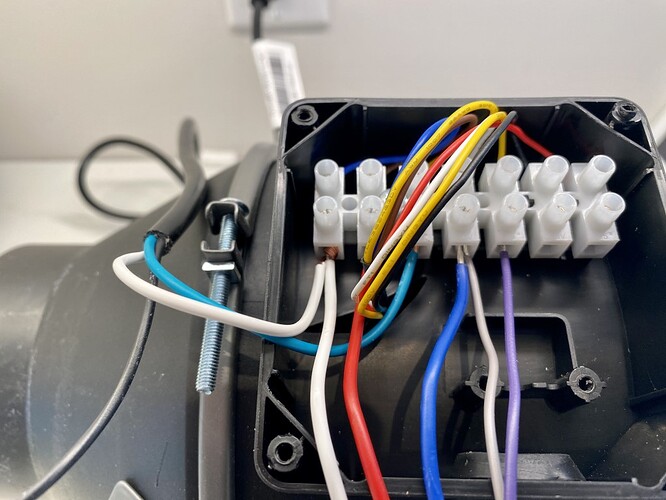@jtp10181 , the driver works perfectly...awesome work sir ![]()
I tested out the Zen54 Zooz zWave 0-10V dimmer on an AC Infinity 4" CloudLine EC fan and it works a treat. Here is how it is wired. The Zooz dimmer is small enough to fit into the Cloudline Fan housing if you remove a bit of the corner bracing plastic inside the housing.
If connecting a dumb switch to toggle the fan on/off you would connect the blue wire (SW) from the relay to one side of the switch (instead of directly to ground as I have it shown), and connect the other side of the switch back to the grey (ground) wire.
The Zen54 dimmer does a better job with these fans with respect to voltages, particularly at the the lower speeds where granularity under 1 volt makes a difference on finer fan speed control.



